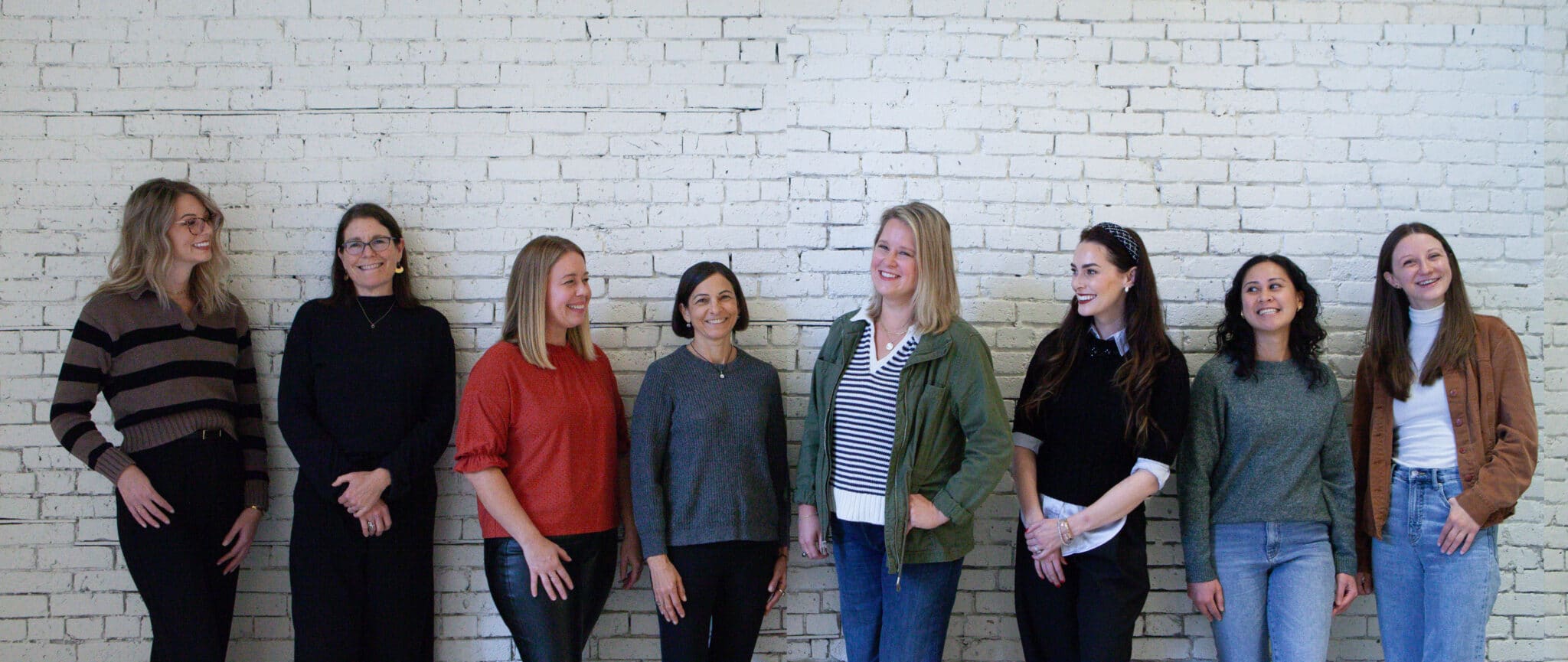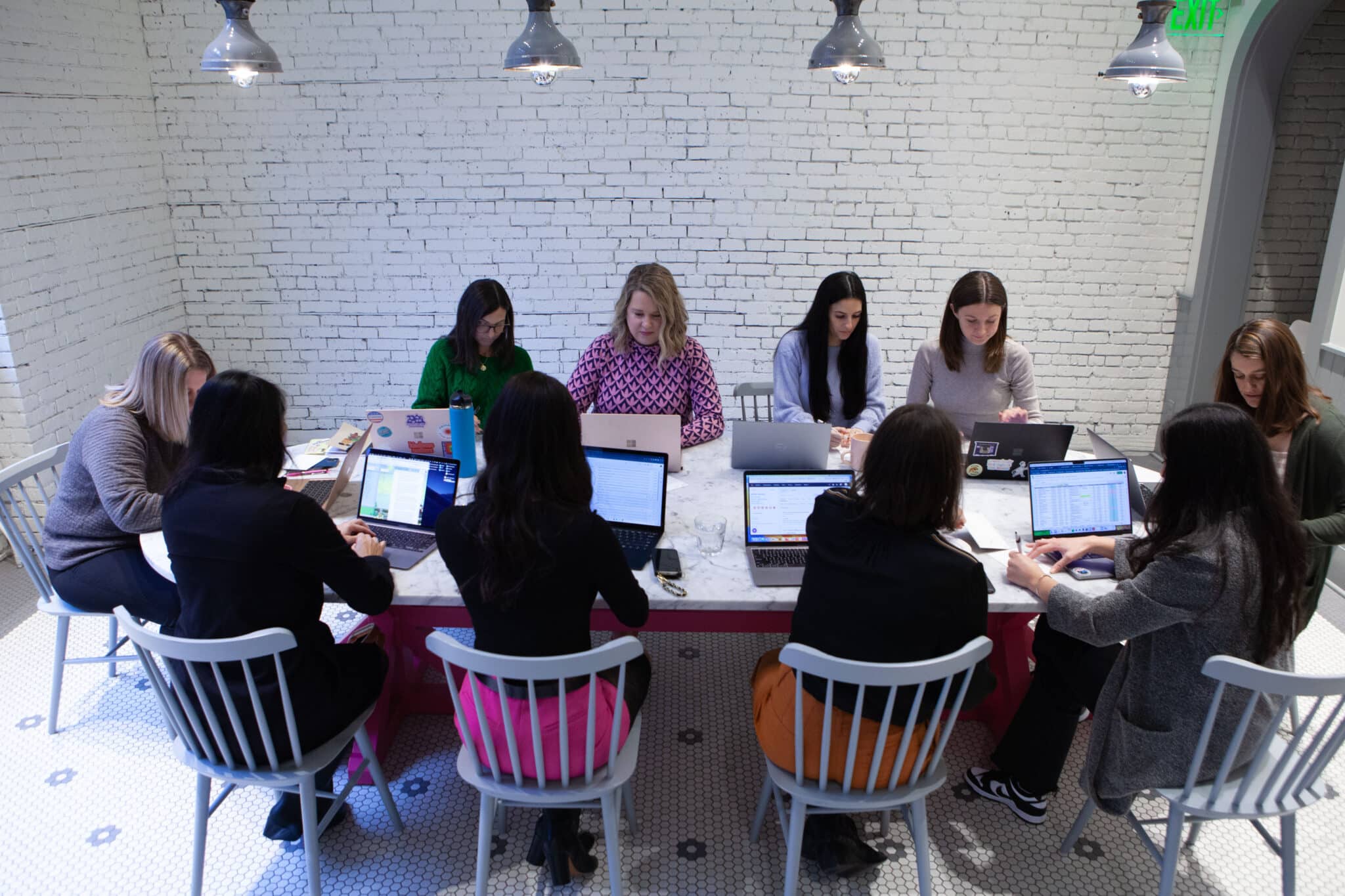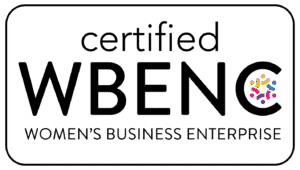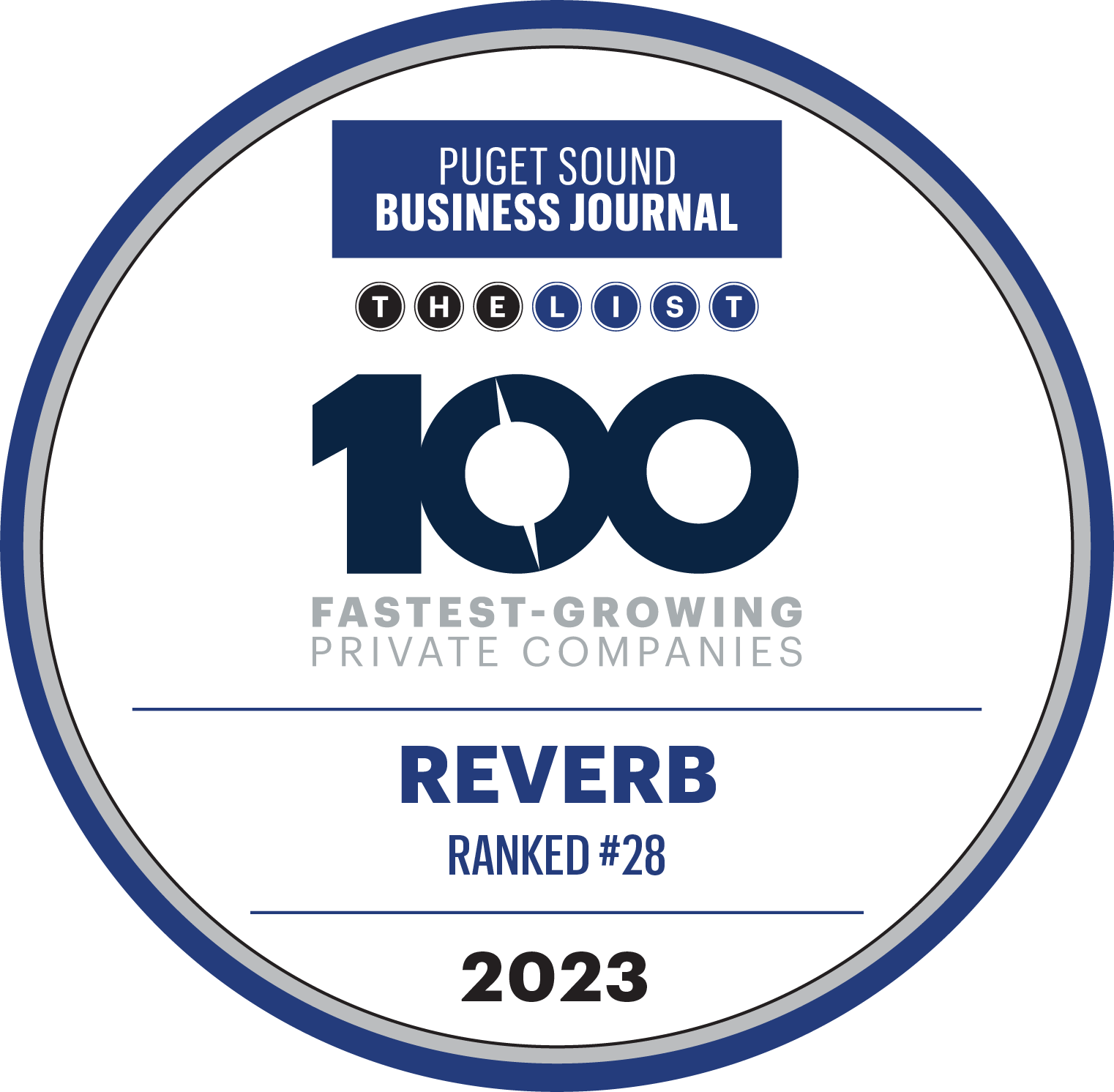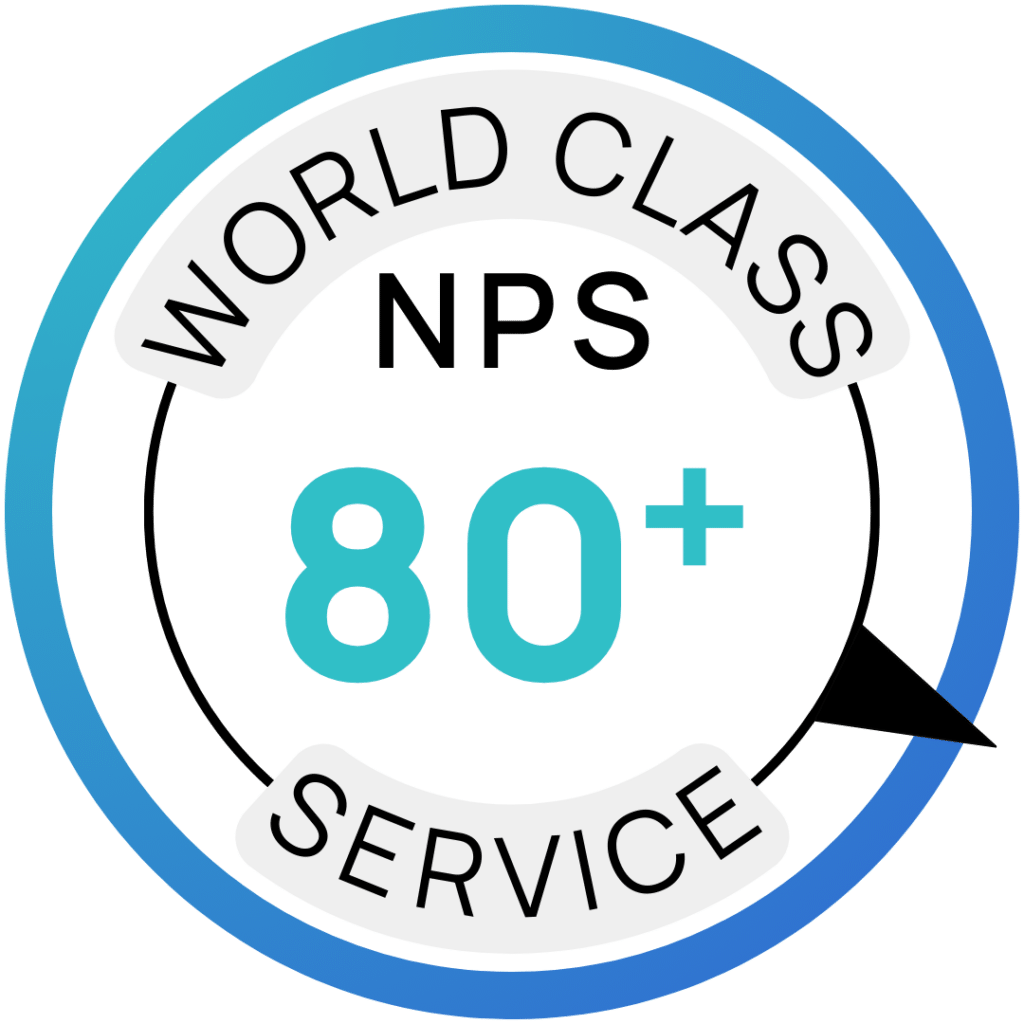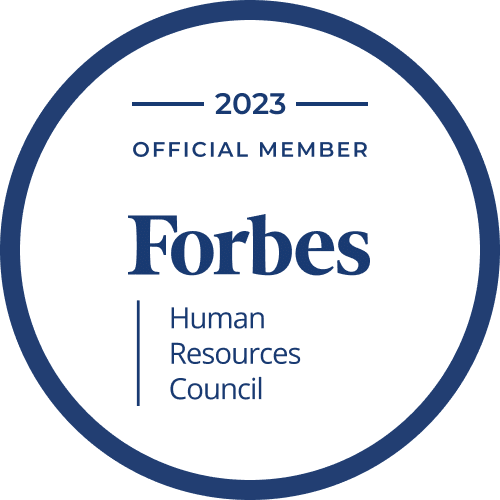As people settle in to the new normal and companies consider whether and how to return to the office, it’s more important than ever to check in with your people. Some employees can’t wait to get back to the office. They miss socializing with peers, or can’t concentrate at home. Others are enjoying the flexibility that comes from not commuting. Many companies are creating COVID focused surveys and to gauge employee sentiment. This is different from your typical employee engagement survey since it’s completely focused on the current situation.
I caught up with my colleague Amelia Ransom, Sr. Director, Engagement and Diversity at Avalara for her advice. Here’s what we recommend.
When, Why, and How Often to Survey
Pulse surveys are fundamentally different from your company’s traditional engagement survey. Pulse surveys are designed to elicit feedback and check in on the company’s progress related to a specific topic, in this case COVID-19.
Timing of the survey is dependent on how many changes or new initiatives the company has rolled out. Ideally, you should wait 1-3 weeks after introducing new programs to understand whether or not they’re having the intended impact. If you ask employees too early, they won’t have enough information. Waiting too long creates the risk that the changes you made are not meeting people’s needs.
Surveys should be anonymous, though you’ll want to ensure you have some identifying demographic information like geographic location, team, department, etc. that allow you to respond to feedback appropriately.
Sample Questions
Questions in a pulse survey should be targeted and on topic. Try not to ask more than 5-7 at a time to keep it simple and quick. Don’t ask questions the company doesn’t have the resources or connections to help resolve.
Here are some examples of COVID-19 questions:
- What are the top three challenges you’re currently facing while working remotely?
- I don’t have access to the tools and information I need to do my job
- Acquiring food
- Keeping a regular schedule
- My physical or mental health and/or the physical or mental health of others in my home
- Child care
- Elder care
- Internet connectivity
- Too many distractions at home
- Communication with co-workers is harder
- My physical workspace is not sufficient
- Social isolation
- Other (please specify)
- I feel supported by my manager.
- My manager is making decisions based on my health and well-being.
- I have the resources I need to do my job remotely.
- I believe my health and well-being is a top priority for the company.
- I am satisfied with the communication I am getting from the organization about COVID-19.
Following Up
It’s important to thank employees for giving their feedback. Identify key themes and organize a task force or cross functional team to address employee concerns. As you implement new changes resulting from employee feedback, be sure to tie them back to the survey so employees understand the actions you’ve taken are in response to their feedback. For instance, you can say “You told us you were feeling isolated. That’s why we’ve added Zoom lunches so people can easily socialize with their team.”
Demonstrating that “You’ve talked, we’ve listened” is a typical theme companies use when communicating survey results. People need to know you’ve heard them, and taken action based on their feedback. This is a great way to close the loop.
Local companies including Polly and TINYpulse make it easy to create custom surveys quickly.
If you need help with employee engagement, surveys, or workforce planning request a free consultation by sending us a note [email protected] or visit our web site https://reverbpeople.com/.




